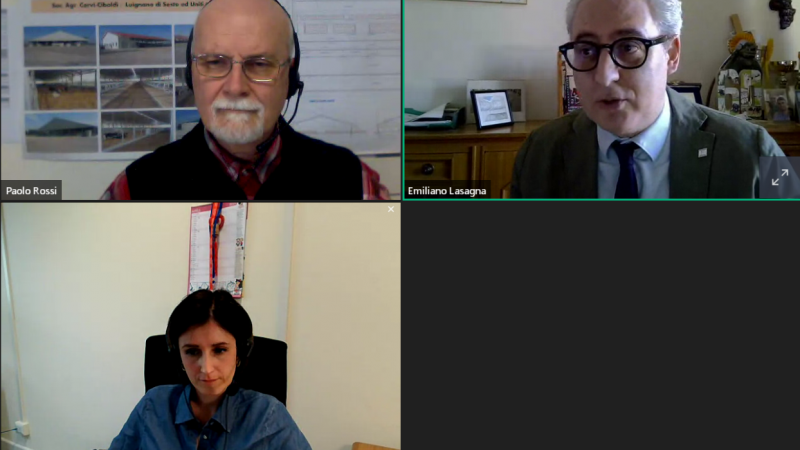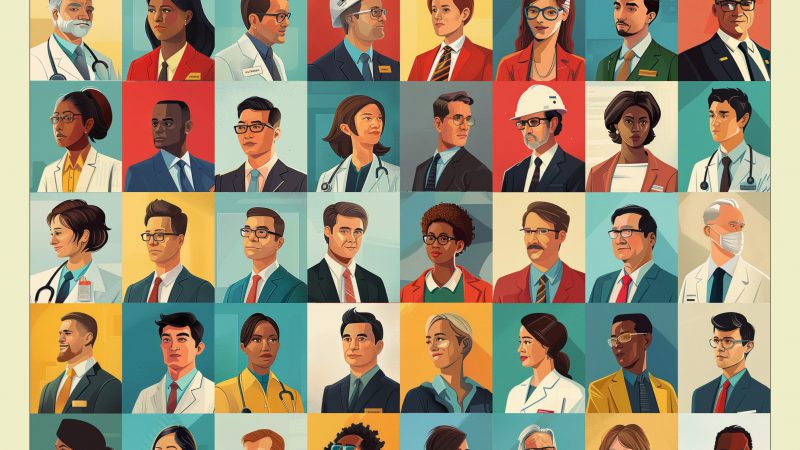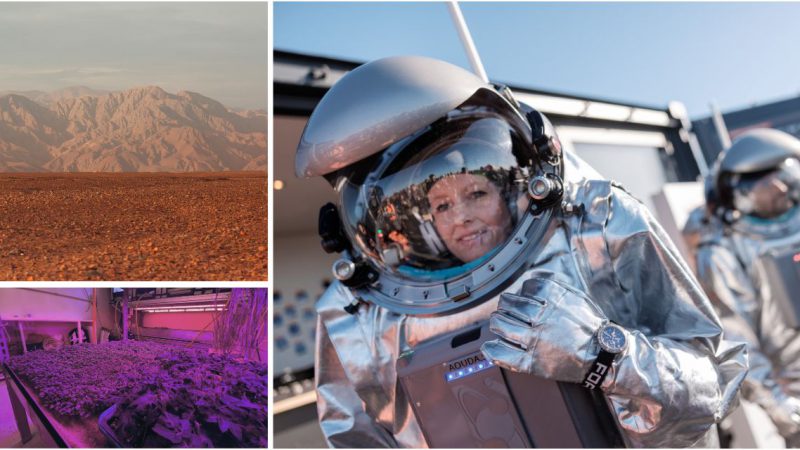The expected rapid growth of world urbanization: the Chinese government’s revolutionary programs
World urbanization
The expansion of human urbanization – rapidly being carried out in the Asian, African, and South American emerging countries – will have very serious and revolutionary consequences, especially in the international industrial and food sectors.
It means the transfer of hundreds of millions of people from rural to urban areas, from rural to centralized industrial and service activities.
Food production will also have to be reorganized and industrialized in rural areas, to meet the new concentrated and diversified needs typical of urban populations. Obviously, in the meantime, in the wide concerned areas, the mechanization of agricultural cultivation operations will have to substitute the labor used so far. New roads and railway lines will have to be restructured or built to facilitate the trade and industrialization of all rural and urban activities, with special reference to new food needs, from a self-sustainable diet confined to the previous and current rural areas to the concentrated daily needs of wide urban agglomerations. It is therefore clear that agriculture too will have to undergo profound operational and organizational changes. What has been achieved in the last fifty years in industrialized countries can also be implemented in many important emerging countries.
The Chinese Programs
The Chinese government recently decided to carry out a dramatic urbanization program. Out of a total of 1.4 billion inhabitants in China, it is said that, by 2020, as many as 100 million of the current residents of rural areas and employed mainly in agriculture will be relocated to new urban centers and work in industry, trade, and social services. This is said to represent the first phase of a program that foresees 70% of the entire Chinese population becoming urban by 2025. indeed, this new plan expects that 60% of the Chinese population will be living in urban areas by 2020 as compared to the current 54%.
We can imagine the consequences of such an increase in China’s industrial population and its possible future trade offer as early as the next decade and the consequent growth in the country’s food needs, especially as regards the availability of meat and eggs as well as grains, etc.







